According to the Ministry of Agriculture and Environment , in the first quarter of 2025, forestry product exports reached 4.21 billion USD; export turnover of wood and wood products reached 3.95 billion USD, an increase of 11.6% over the same period in 2024. The United States is the largest consumer market for wood and wood products, accounting for 53.1% of the export market share. Localities with key export products to the United States are making efforts to review, assess the impact and find solutions to support businesses.
Binh Dinh province has more than 300 wood processing enterprises with main export products being interior and exterior furniture, pellets, and wood chips. In 2024, the export turnover of wood products to the United States reached 604 million USD, accounting for 34.5% of the total import-export turnover of the whole province. Immediately after the information about the reciprocal tax, some enterprises from the United States requested to renegotiate orders and postpone signing new orders.
Similarly, Bac Kan province has 22 exporting enterprises. Of which, two units directly exporting to the United States are Govina Investment Joint Stock Company (exporting plywood) and Lechenwood Vietnam Company Limited (exporting plywood and flooring) with the proportion of exported goods to the United States accounting for 54.7% of the total production output of the unit.
The report on reviewing and assessing the impact on enterprises exporting goods to the United States in Bac Kan province shows that: If the reciprocal tax rate of 46% is applied, it will directly affect enterprises in the province, including enterprises exporting to the United States and all enterprises participating in the supply chain of goods serving exports such as: raw wood, input products for mineral processing, food processing, garment, and leather shoes.
Immediately after the information about the reciprocal tax, a number of orders from two enterprises exporting to the US market were suspended or canceled. In particular, Lechenwood Vietnam Co., Ltd. had 100% of its flooring export orders canceled. It is forecasted that the industrial growth rate in 2025 in Bac Kan will decrease by about 1-2%, and wood export turnover may decrease by 8-10 million USD. Some enterprises may cut labor, affecting social security.
Deputy Director of the Department of Industry and Trade of Bac Kan province Dinh Lam Sang said that the 90-day suspension of the US tax is an opportunity for businesses to have more time to adjust their business policies and prepare response measures. At the same time, it is a good time to prepare for negotiating long-term trade agreements as well as finding and diversifying markets for export goods.
However, some businesses believe that it will be very difficult to change markets. Each export product line has its own production system, changing markets is not only a matter of trade promotion and finding contracts but also requires large financial resources to invest in production systems.
Mr. Tran Quoc Bao (Thien Loc Import-Export Company) said that market conversion is a good direction but not easy to implement, moreover, the US market accounts for nearly 70% of the total value of wood exports, the remaining markets account for a small proportion. Only about 10% of businesses are able to convert markets. If the tax rate of 10% is applied, it is the level that businesses can bear when dividing the risk between the two businesses, but if the tax rate is higher, the possibility of factory closure is very high. "We will have to consider the option of shifting production to serve domestic consumption, trying to ensure stable lives for more than 100 workers," Mr. Bao analyzed.
Some localities are implementing plans to work with export enterprises to discuss solutions to enhance trade promotion, connect with the EU, Japan, Korea, and Southeast Asian markets; support enterprises to access capital to stabilize production, and expand the domestic market. Many opinions suggest that the Government and ministries and branches have comprehensive solutions in the short and long term to support enterprises in legal matters, trade defense investigation records in English, according to the requirements of the US side, and increase support for enterprises in the provinces in promoting exports to alternative markets.
Vice President and General Secretary of the Vietnam Timber and Forest Products Association Ngo Sy Hoai said that in the past, we only exported wood chips and some wooden boards to the Japanese market. Now, with pressure from the US market, Vietnamese wood enterprises need to find the ability to export wooden furniture that suits the tastes of Japanese people. China - a market of 1.4 billion people, in the past we only focused on exporting wood chips to make paper, but if we worked hard to exploit them, we could still find outlets for certain products.
The Korean market is very convenient in terms of logistics, the sea transport distance is relatively short, and trade relations are very good, but Vietnamese wood enterprises mainly supply cheap wood pellets and plywood.
Or even the EU market, with 27 member countries and with the signed EVFTA Free Trade Agreement, but wood products exported to this market only account for 3.8-4% of total turnover. A series of other markets such as Russia, the Middle East, South America... or within ASEAN also need to be researched, opened and activated. These are markets with potential that Vietnamese wood enterprises need to take advantage of soon to partially compensate for the huge gap that may occur due to tax policies from the United States.
In addition, wood and forestry product exporting enterprises also need to prepare full legal documents proving the legal origin of wood materials. If tax is imposed due to suspicion of tax evasion, it is necessary to be transparent about the production process and raw materials. At the same time, research to change the structure of raw materials, production structure, shift to using domestic plantation wood materials, minimize dependence on raw materials and semi-finished products from abroad.
Source: https://baoninhthuan.com.vn/news/152942p1c25/thuc-day-minh-bach-va-tai-cau-truc-san-xuat-nganh-go.htm


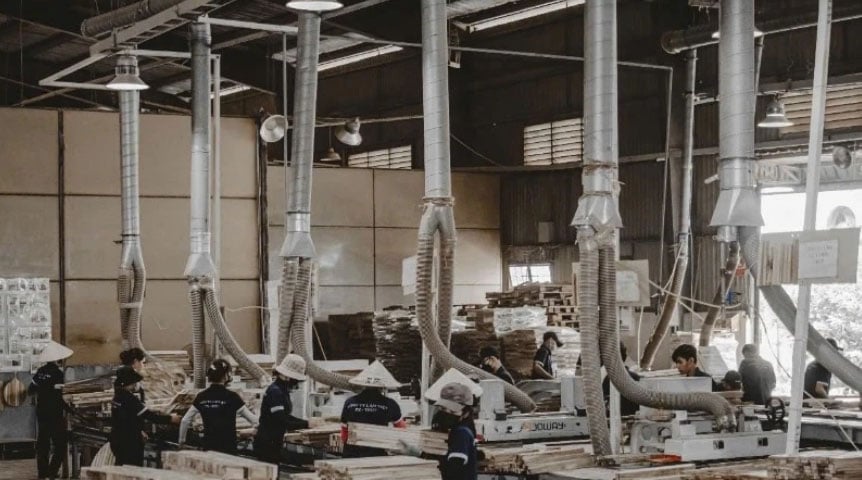
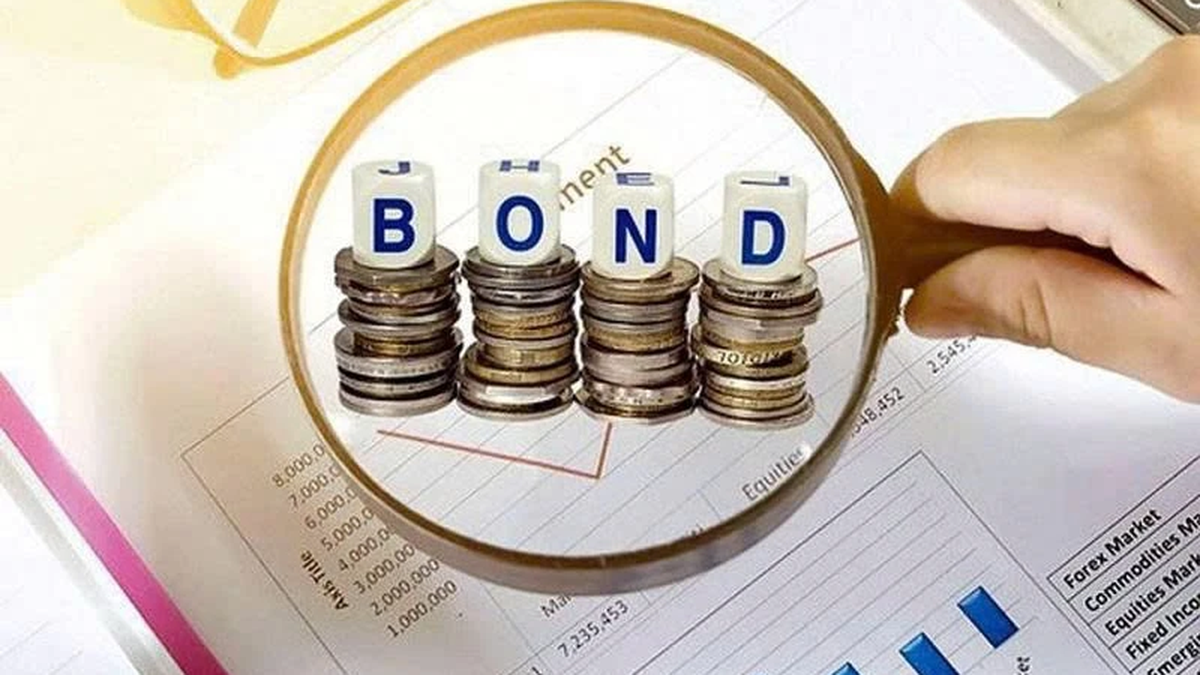













































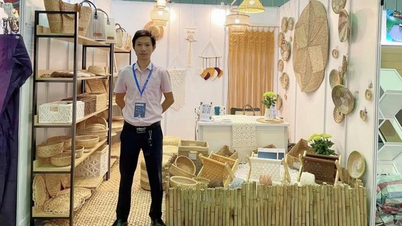





























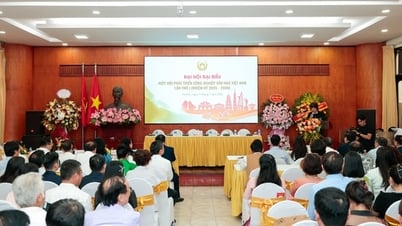







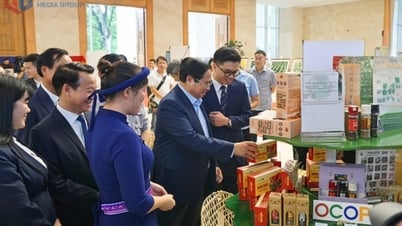





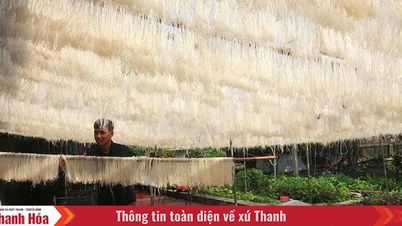

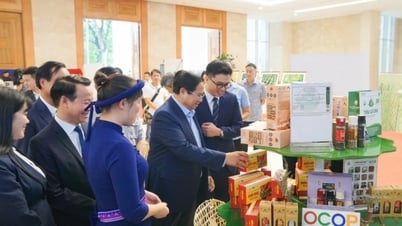






Comment (0)